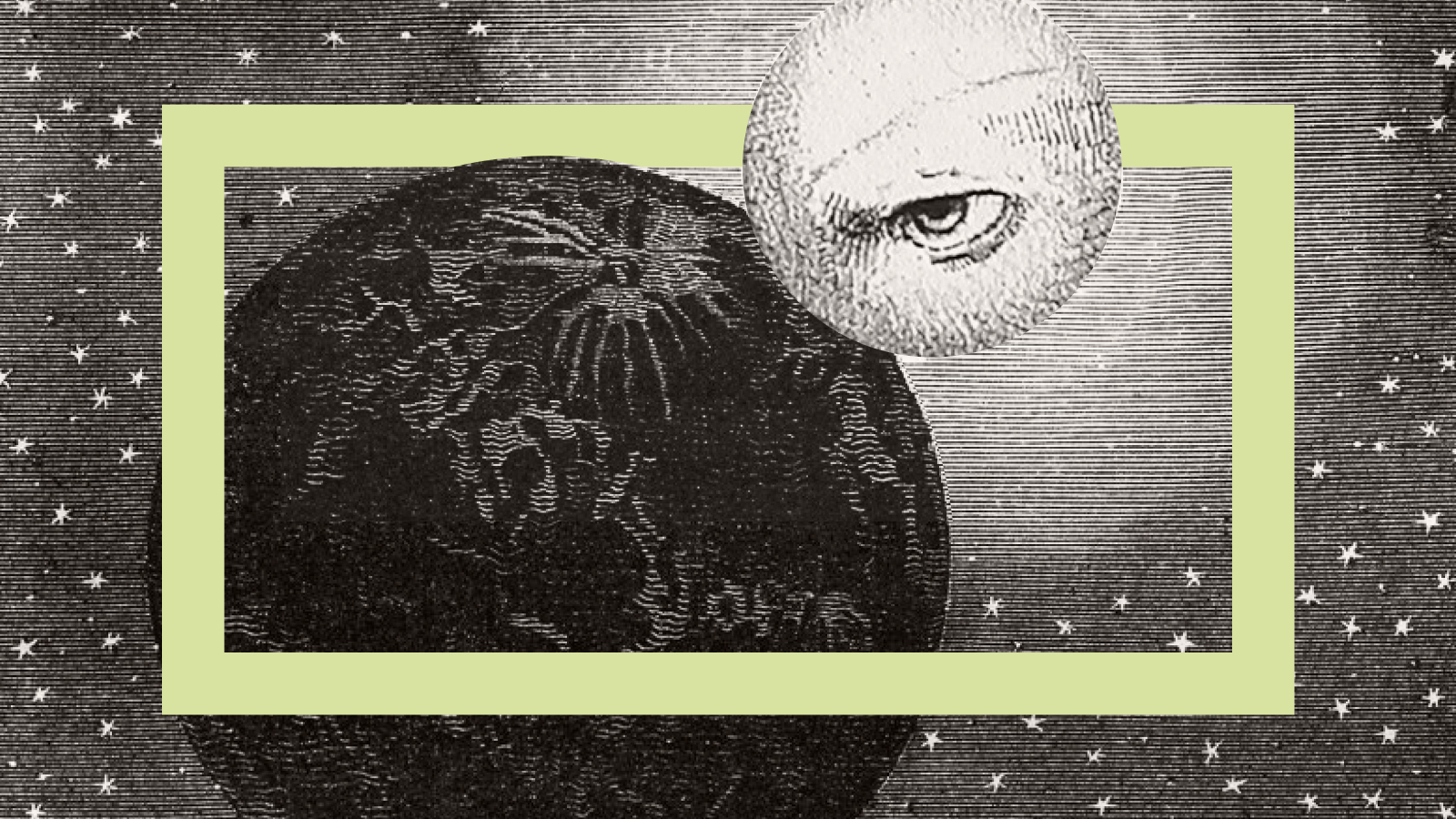Shinya Yamanaka’s stem cell research could pave the way for peace between scientists and ethicists, says Harvard Professor David Scadden.
Topic: Recent discoveries in stem cell research.
David Scadden: Up until just a few years ago, the only source of pluripotent cells was from cells generally very early in development. Then it was found that there were cells that might actually exist in places like the testes that might have pluripotent capability. That broke the barrier down a bit. And then there was this revolution, the work of a fellow Shinya Yamanaka, aninvestigator in Japan. He showed that by introducing genes into a fully mature cell, you could essentially be hitting a rewind button so that its history would go all the way back to the point where it now functioned very similarly to a cell that was one of those cells that existed just seven to ten days after the fertilization of it.
So that concept of having flexibility to reprogram a cell from a mature adult changed our way of thinking about cells in general; changed their way of thinking about the accessibility of these broadly potent cells; changed our way of thinking about whether or not those cell types could now provide good models of disease that only adults tend to acquire. And also of course changed some of the nature of the ethical debate. That if we didn’t need to isolate a cell from this “day seven to day ten” following fertilization blastocyst, then maybe we didn’t need to disrupt that blastocyst, maybe we could get away from the whole ethical controversy, that is of course tremendously desirable for both scientists, the public at large and ethicists.
We are still in the process of validating that this rewinding process really gets us to an equivalent state. Now it does seem by most measures that these so called “induced pluripotent cells,” these reprogrammed cells, functioned in much the same way than an embryonic stem cell does. It may not be exactly identical, frankly we may not need it be exactly identical. But there are still issues; we don’t know exactly whether all that we were hoped to do with the pluripotent cell can be achieved by these reprogrammed cells.
I would have to say, I’m quite optimistic that we’ll get there. I’m also quite optimistic that we’ll get there without having to do some of the modifications in these reprogrammed cells that have made them susceptible to cancer, which has been a big concern. But I think we’ll get around that and we’ll end up being able to both have the ethical debate be one that’s essentially one of historic interests, and also have a great deal more flexibility in terms of generative cells. And it might be applicable to all of us. We can all have our own source of cell. That’s now technically possible. It we could be of great value of course as a potential personalized tool kit for developing new medicines. Really quite a wonderful concept that this technology now allows.
Recorded on: July 06, 2009





